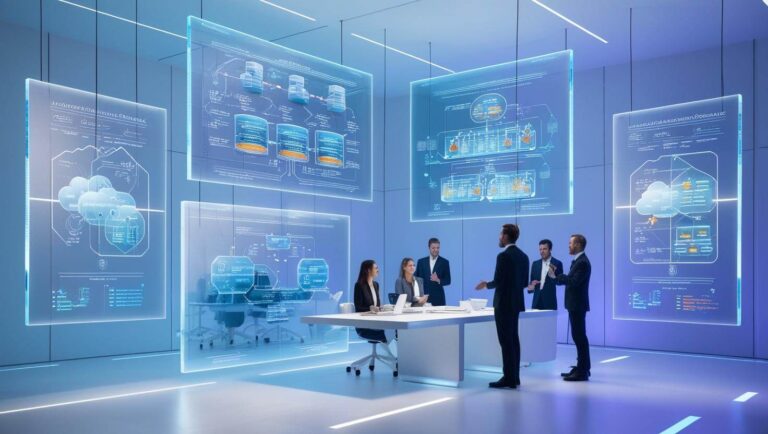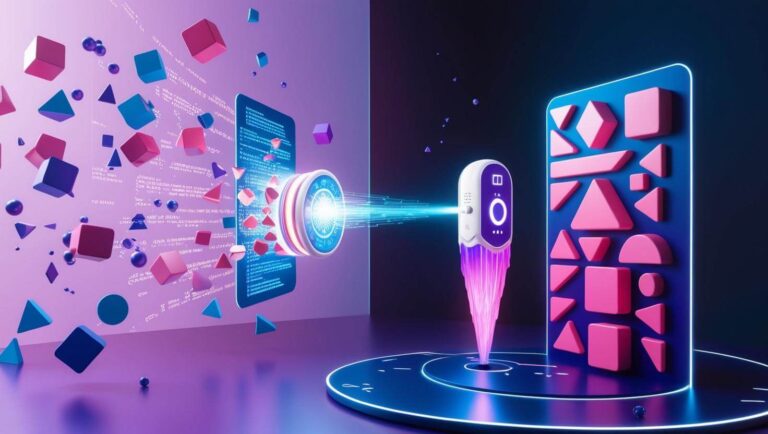As the hospitality industry strives to create memorable experiences and foster guest loyalty, the integration of technology and data emerges as a key differentiator. By harnessing the vast potential of data-driven insights and technological innovations, industry insiders can not only meet but exceed traveler expectations in an increasingly competitive environment. From optimizing interactions at every touchpoint to personalizing service delivery, there are many ways in which embracing technology and data can drive operational excellence and traveler satisfaction.
The Impact of Major Events on Hospitality
Let’s take the UEFA European Football Championships 2024 as an example, which presented a significant challenge and opportunity for the German hospitality industry, with an expected influx of 650,000 international fans and an additional revenue estimated at 250 million euros. The actual numbers are yet to be confirmed, but what we do already know is that the tournament has seen record-breaking numbers of TV viewers and a strong increase in social media engagement and followers.
Many visitors used the European Championships as an opportunity to combine their trip to the game with a bit of sightseeing. This meant that the cities hosting the event, such as Berlin, Cologne, Munich, Frankfurt, Hamburg, and others, experienced increased tourism and heightened demand for accommodations, dining, and entertainment. Hotels, restaurants and attractions had to play their cards right to attract returning visitors. The 2006 World Cup, for example, boosted Germany’s international reputation. Immediately afterwards, it rose to 1st place in the Anholt Ipsos Nation Brands Index (NBI) and has remained in the top 3 ever since.
So how can hospitality providers leverage technology and data to provide a seamless, engaging experience for visitors? The answer is simple. By enhancing the traveler experience at every potential touchpoint, from search engines to booking platforms and even train stations. Let’s take a look at all the potential touchpoints we can have within the user journey of a traveler.
Max’s Journey: Leveraging Technology and Data for Enhanced Traveler Experience
This is Max.

Max is a huge football fan and has managed to secure tickets for the European Championship opening game between Germany and Scotland in Munich. Since Max doesn’t live in Munich, he needs a hotel room. He wants to make a whole weekend experience out of it in Munich and starts planning.
Max enters “Hotels Allianz Arena Munich 14-16 June” into his favourite search engine. The search engine shows him hotel suggestions with the average rating and a brief summary of the reviews.
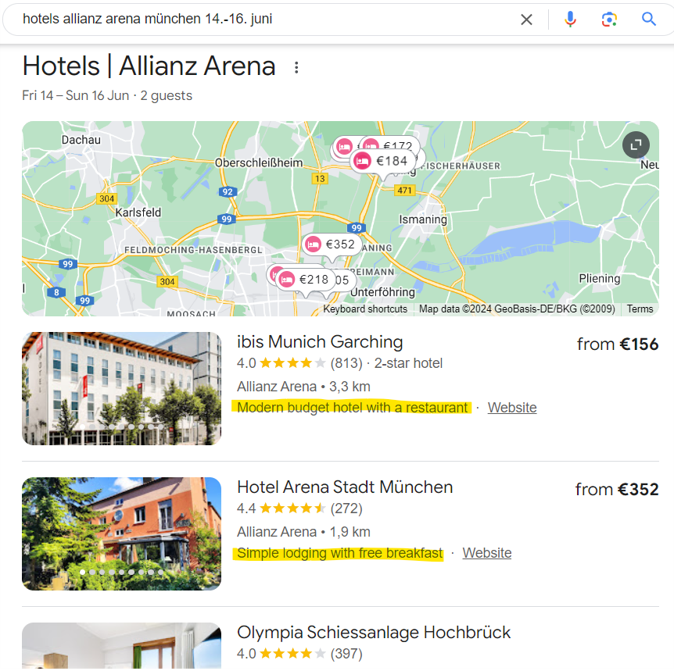
Max clicks on the homepage of a hotel he likes the look of and sees a widget that gives him a good overview of the guest reviews. He is so impressed by the value for money that he decides to book a room there.
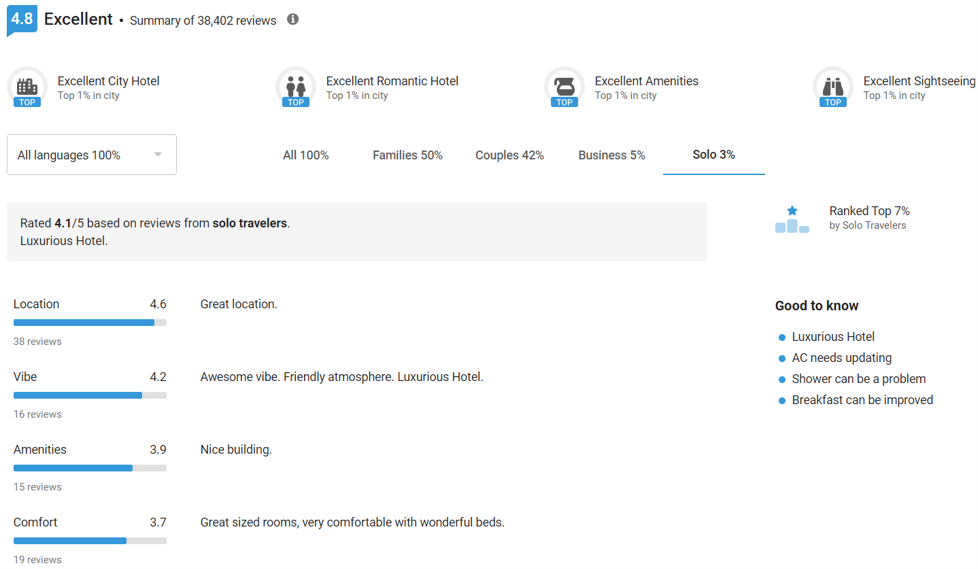
Max wonders when he can actually check in – and that’s when the hotel website’s chatbot offers to answer any questions he may have. He enters his question and promptly receives an answer.
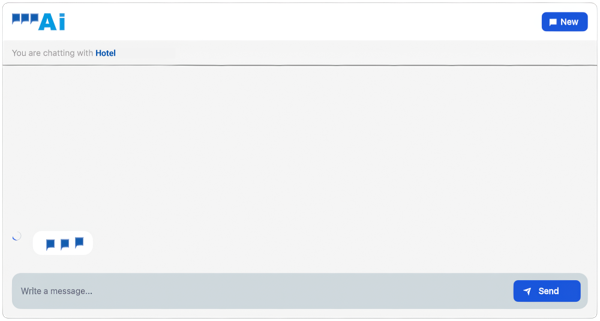
Max has now successfully organised his travel and accommodation. The only thing missing are ideas for things to see on Saturday and Sunday. He enters “Munich sights” into the search engine and it immediately spits out a list again with average ratings. Max goes through the list and soon has a few ideas for his weekend in Munich.
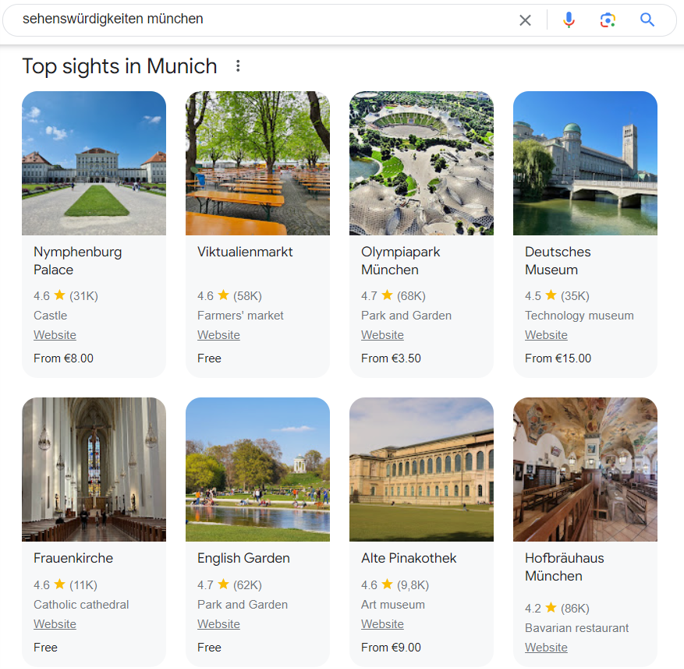
He also quickly researches a few restaurants near his hotel and the search engine quickly provides him with the desired results, including ratings.
But there are also more touchpoints on site:
At the train station, the city of Munich has positioned a stand with a QR code that you have to scan in order to enter a competition for tickets to the final – Max naturally joins in straight away. He has to enter a few details about himself and is then redirected to a chatbot if he has any questions about his stay in Munich. This is not just a touchpoint, but also a good example of good customer service, customer engagement and customer loyalty.
Max checks into his hotel. There is a sign on the bedside table with a QR code for a satisfaction survey. As Max has a little time on his hands, he answers it. There are questions about the check-in process, whether he is happy with his room, etc. Max actually has something to criticise. A short time later, there is a knock on the room door and a hotel employee takes care of the problem. Max hadn’t expected it to be solved so quickly and is impressed.
The rest of Max’s stay goes without a hitch and he enjoys Munich. On the day of his departure, he makes plans to come back again when he gets the chance. He has thus become a potential return visitor – and Munich as a destination has scored highly in terms of guest loyalty. A few days after his trip, Max receives another survey about his stay by email – the final touchpoint of this trip.
But although Max’s journey has come to an end, the possibilities for customer profiling can be utilised even further. By collecting data such as the duration of the trip, accommodation, revenue, booking type, room category and language, combined with demographic information such as age and gender as well as Max’s email address, a detailed customer profile can be created and used to market a further visit with the help of optimised offers.
Summary of the Touchpoints
Max’s journey to Munich for the opening game exemplifies the potential for leveraging technology and data to enhance the traveler experience.
- Smart Search Engine Interaction
- Max efficiently finds hotel options based on aggregate review data and ratings through a simple search query. TrustYou’s semantic analysis aggregates review data to provide insights on traveler sentiment.
- Intuitive Hotel Website Experience
- The hotel’s website showcases the comprehensive review analysis and succinct summaries of TrustYou’s Meta-Review widget, providing Max with the valuable insight he needs to make a confident booking decision.
- Seamless Communication via Chatbot
- The hotel’s chatbot promptly addresses Max’s inquiries, streamlining the booking process. TrustYou’s ChatAI provides answers faster than humanly possible, thereby driving bookings at a lower operational cost.
- Personalized Engagement with City Attractions
- Max explores sightseeing options and restaurant choices with ease, aided by search engine recommendations and ratings based on the semantic analysis of aggregate review data.
- Innovative On-Site Touchpoints
- QR code activations at the train station engage Max with a competition and provide access to a chatbot for further assistance. There are a wide variety of use cases for TrustYou’s CXP’s survey feature for DMOs, hotel chains, and other hospitality providers – creativity is key!
- Real-time Feedback Management
- Max’s feedback through a satisfaction survey triggers immediate resolution of an issue, leaving a positive impression. TrustYou’s CXP’s survey feature can also be used to collect data and address feedback in real-time.
- Post-Stay Engagement and Customer Profiling
- Max’s continued interaction through a post-stay survey and data collection allows for detailed customer profiling and personalized marketing opportunities for future visits. TrustYou’s CDP unifies customer profiles and purchase behaviors to turn insights into revenue.
Moving Forward: Harnessing Technology and Data for Enhanced Guest Experiences
The integration of technology and data into the traveler journey presents a compelling opportunity for hospitality businesses to elevate service delivery and foster customer loyalty.
By learning from Max’s journey and leveraging technology and data-driven approaches, the hospitality industry can not only meet the demands of major events but also elevate the overall traveler experience, driving lasting positive impressions and repeat visitation.
Embrace the power of technology and data to reshape the future of hospitality and elevate every customer’s journey with precision and purpose.

